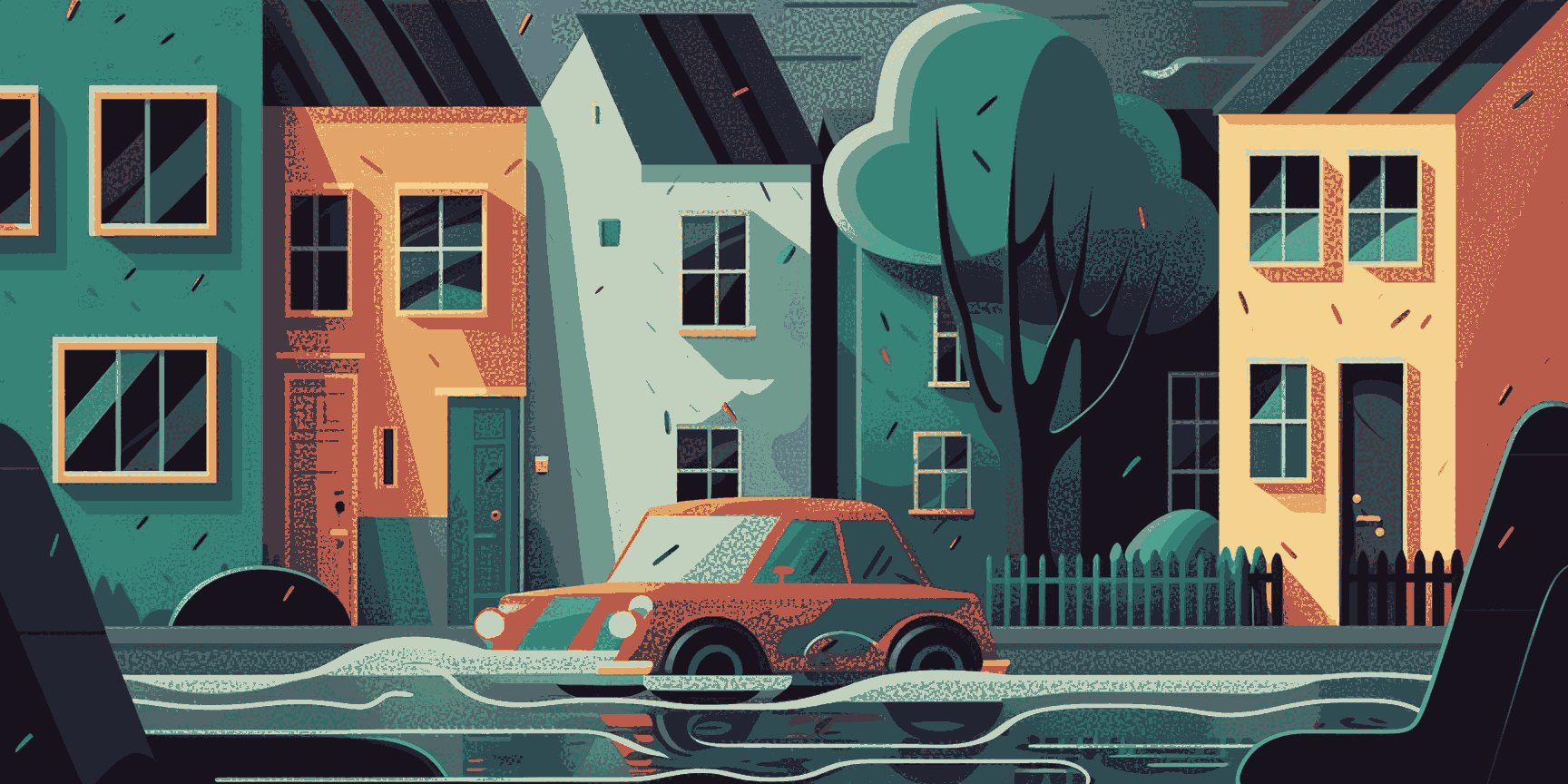Urban Flooding Caused By The Climate Crisis: Understanding The Differences
With extreme weather events on the rise, urban flooding has become a major concern. But how does it differ from other types of floods, and what can be done to mitigate its effects?
Table Of Content
- What Is Urban Flooding?
- How Does Urban Flooding Differ From Other Types Of Flooding?
- The Causes Of Urban Flooding
- Mitigating The Effects Of Urban Flooding
- Conclusion
- Cause
- Is Caused By
As the climate crisis continues to intensify, we are seeing an increase in extreme weather events, including flooding. Urban flooding is becoming an increasingly significant issue, causing significant damage to infrastructure and property and posing a risk to public safety. In this article, we will explore the causes of urban flooding, how it differs from other types of floods, and what can be done to mitigate its effects.
What Is Urban Flooding?
Urban flooding occurs when excess water overwhelms the drainage capacity of urban areas. This can be caused by heavy rainfall, snowmelt, or a combination of the two. When the ground is saturated or impermeable, water cannot be absorbed, and instead flows overland to the lowest point. This can result in flooding of streets, buildings, and other infrastructure.
Urban areas are particularly vulnerable to flooding due to their high density and impermeable surfaces. Roads, buildings, and other structures prevent water from infiltrating the soil, increasing the amount of runoff. This runoff can overwhelm stormwater systems, leading to flooding.
How Does Urban Flooding Differ From Other Types Of Flooding?
Urban flooding differs from other types of flooding, including flash floods, riverine floods, groundwater floods, and storm surges, in several ways.
Flash Floods
Flash floods occur when heavy rainfall causes rapid flooding of low-lying areas. Flash floods are typically caused by intense, localized storms and can occur in urban or rural areas. While flash floods can occur in urban areas, they are not the same as urban flooding. Flash floods are usually more severe and occur over a shorter period of time than urban flooding.
Riverine Floods
Riverine floods occur when rivers overflow their banks, usually due to heavy rainfall. These floods can affect both urban and rural areas and can cause significant damage to infrastructure and property. Unlike urban flooding, riverine floods are typically slower moving and occur over a longer period of time.
Groundwater Floods
Groundwater floods occur when the water table rises and water infiltrates basements and other below-ground structures. These floods can occur in both urban and rural areas and are often caused by heavy rainfall or melting snow. Unlike urban flooding, groundwater floods occur underground and can be more difficult to detect and mitigate.
Storm Surges
Storm surges occur when strong winds and low atmospheric pressure combine to push seawater onto land. These floods can be particularly devastating in coastal areas, causing significant damage to infrastructure and property. Unlike urban flooding, storm surges are caused by weather events, not drainage issues.
The Causes Of Urban Flooding
Urban flooding can be caused by several factors, including:
Climate Change
Climate change is causing more frequent and intense rainfall events, leading to an increased risk of flooding. Warmer air can hold more moisture, leading to heavier rainfall. Additionally, rising sea levels can increase the risk of storm surges in coastal areas.
Urbanization
Urbanization can increase the risk of flooding by replacing permeable surfaces with impermeable ones. Roads, buildings, and other structures prevent water from infiltrating the soil, leading to more runoff. Additionally, urbanization can lead to the destruction of wetlands and other natural features that help absorb excess water.
Infrastructure Deficiencies
Inadequate drainage systems can increase the risk of flooding. Older systems may be unable to handle the volume of water generated by heavy rainfall, leading to backups and flooding. Additionally, maintenance issues can lead to clogs and other problems that increase the risk of flooding.
Mitigating The Effects Of Urban Flooding
There are several strategies that can be used to mitigate the effects of urban flooding, including:
Green Infrastructure
Green infrastructure, such as rain gardens, green roofs, and permeable pavement, can help to absorb excess water and reduce runoff. These features can be incorporated into new developments or retrofitted into existing infrastructure.
Improved Drainage Systems
Upgrading drainage systems can help to prevent flooding by increasing their capacity and improving their efficiency. This can involve increasing the size of pipes, improving maintenance practices, and incorporating new technologies.
Land Use Planning
Land use planning can help to reduce the risk of flooding by avoiding development in flood-prone areas and preserving natural features that help absorb excess water. This can involve implementing zoning regulations, conducting flood risk assessments, and promoting sustainable development practices.
Flood Insurance
Flood insurance can help to mitigate the financial impacts of flooding by providing compensation for damages caused by floods. This can help to reduce the burden on individuals and communities in the aftermath of a flood.
Conclusion
Urban flooding is becoming an increasingly significant issue as the climate crisis intensifies. It differs from other types of flooding in several ways, including its causes and impacts. To mitigate the effects of urban flooding, we need to take a multifaceted approach that includes upgrading infrastructure, incorporating green infrastructure, implementing land use planning strategies, and promoting flood insurance. By taking these steps, we can help to reduce the risk of flooding and protect our communities from the devastating impacts of this growing threat.




